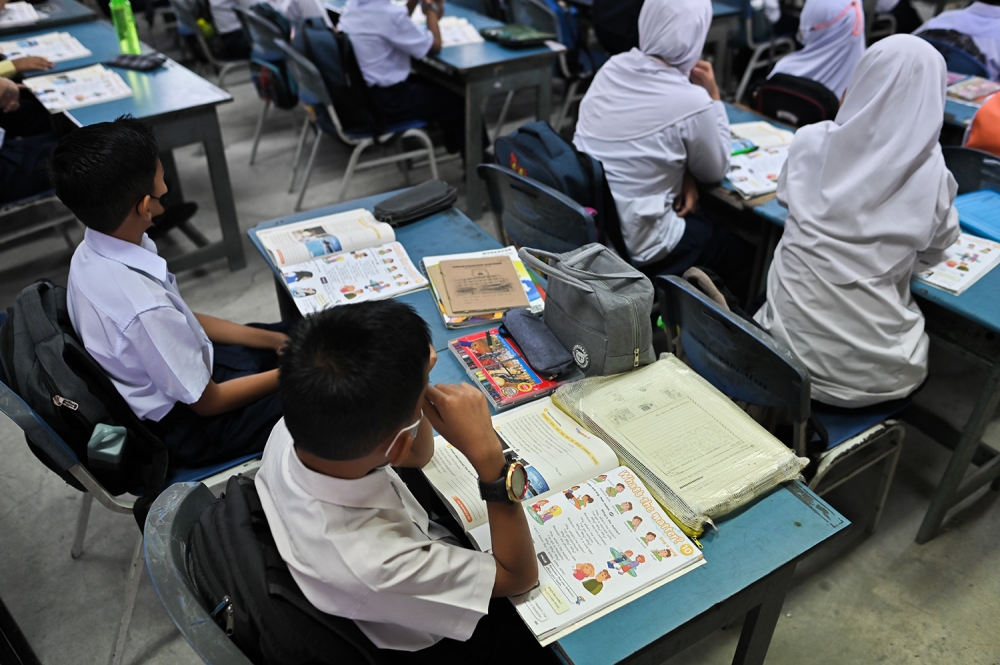JANUARY 9 ― Honest question: How many times have you heard your teachers or a lecturer tell you “not to worry”?
I can recall numerous times doctors, mechanics, airline folks, house repairmen, and banking personnel tell me those magical three words in the context of their work for me.
But when I think back to my school days, the primary image seems to be of stern well-intentioned professionals who were very concerned about my learning and yet, somehow (or because of this?), kept piling on academic pressure with practically no end in sight.
When it comes to academic culture within an Asian context, it appears that anxiety and tension go hand in hand with achievement. Our schools are practically the first institutions a child becomes a member of which immerse the kid in an environment of worry.
Worry about your future. Worry about not performing well enough. Worry about not being smart enough. Worry about the government exams. Worry about getting into the best classes. Worry worry worry! If you’re not worried, there must be something wrong with you!
I’m almost tempted to say that schools explicitly instruct children and students to worry; I don’t think many will disagree that’s intuitively and psychologically the case.

Isn’t this why many of the top students in educational institutions are also among the most regular worriers? Isn’t it telling that usually the worst performers in class are often the most relaxed individuals, whereas the top five per cent professor-material folks always seem to be about three steps away from being strung-out with anxiety? (see Note 1)
To be clear, at no point do I wish to disparage how much teachers and principals have strived and worked for their students. One could even say that given the stakes involved, some amount of worry may be necessary.
I suppose the question I’m raising is whether or not a culture of worry is necessarily the best form of environment to learn?
Do you remember the movie Monsters, Inc? In that show, a community of monsters work to extract screams from children in order to produce clean energy to run their city.
The “top dog” among the monsters was the one who was able to scare any given kid the most so he or she would yell in terror and fill the energy tanks. The twist is they find out at the end that laughter produces the same amount of energy.
So the key question we should be asking is: What produces better learning and more adaptable students? A culture of worry and fear or one of, say, enthusiasm and joy?
Note 1: The astute observer would notice that my concerns apply mainly to universities and secondary schools, somewhat less so to primary schools and almost not at all to kindergartens (which, I suppose, may not even count as formal schooling). Thankfully, very young children are not (or less) subjected to intense academic competition at their age.
* This is the personal opinion of the columnist.






















